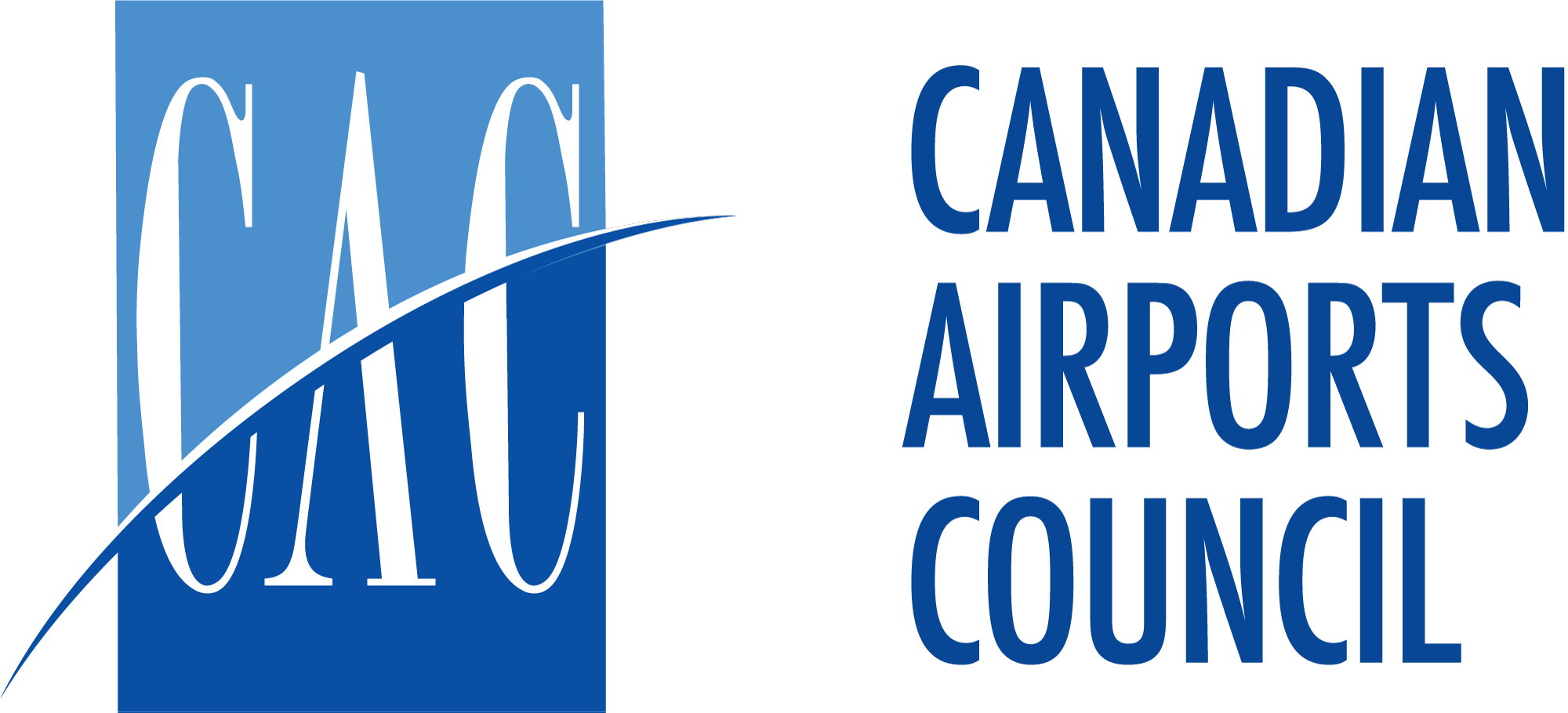Since being transferred to not-for-profit, locally-managed airport authorities in the early 1990s, Canada’s airports have proven themselves to be socially accountable, fiscally prudent and committed to their communities and the best interests of travellers. Canada’s airport governance structure has a number of safeguards and procedures in place to ensure that board members are responsive and responsible to their communities and customers.
In the early 1990s, airports were managed by the federal government and taxpayers responsible for all capital investments and operational costs not covered by airport charges. With taxpayers directly subsidizing the Canadian transportation system, the annual cost to taxpayers for operations alone was $135 million a year (with minimal investment in facilities).
By 1992, the Government of Canada began transferring control and operation of airports to non-share, not-for-profit airport authorities. Canada’s National Airport System (NAS) airports are charged with considering the needs of not only its commercial operators, but also travellers, shippers, and other air operators and the needs of the broader community.
In accordance with normal corporate governance best practices and to provide appropriate oversight of the management of Canada’s airports, airports are managed by boards of directors with broad skills and experience across a wide range of areas. Aviation expertise is but one important skill set, however, others include engineering, legal, marketing, and financial accounting.
A robust board member evaluation process is in place at most Canadian airports. The process is transparent and does not provide any one particular entity, such as a particular air carrier or elected leader, with a veto.
Airport authorities are mandated to operate as self-sustaining businesses that support community and regional economic development. They are equipped to respond to local economic needs and priorities through more business-like management practices and Boards of Directors appointed from the community. Airport authorities have introduced commercially-focused management practices, creating a more predictable business environment for airlines and other airport users.
Transparency in Consultation and Rates and Charges
Canada’s National Airport System (NAS) airports are open and transparent in how they set the aeronautical rates and charges with which they support ongoing operations and capital investments. This includes consultation with air carriers operating at the airport and with the general public.
As reflected in the Public Accountability Principals, airport authorities today operate under solid principals of good governance and consultation with air carriers, communities and other stakeholders in an open and transparent manner.
Canada’s airports operate in a manner consistent with the international standards set out by the International Civil Aviation Organization (ICAO), of which Canada is an active member, and Airports Council International (ACI).

